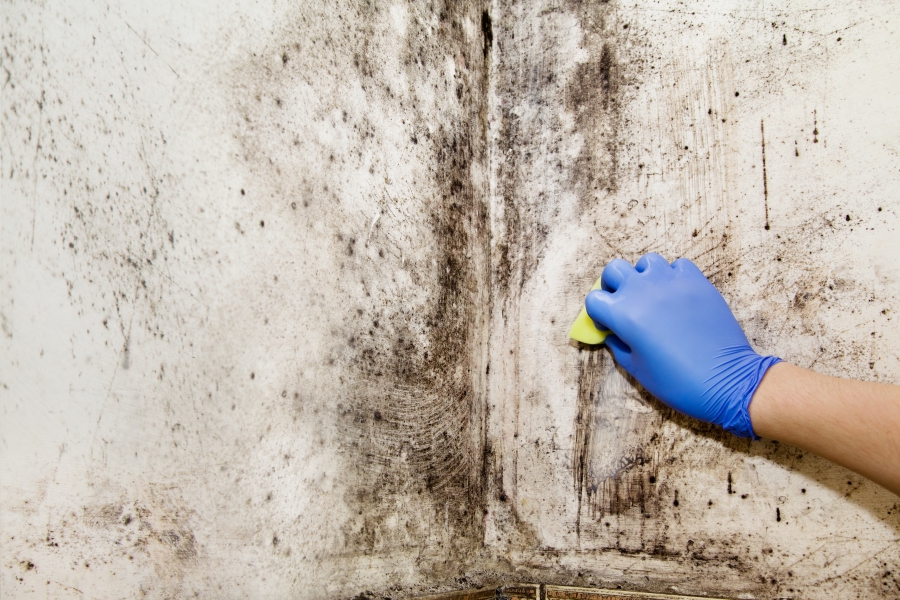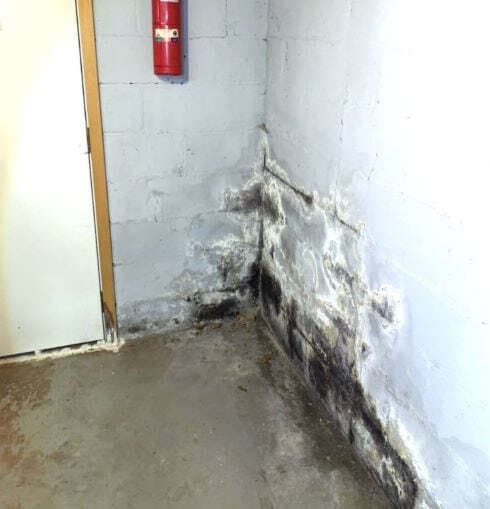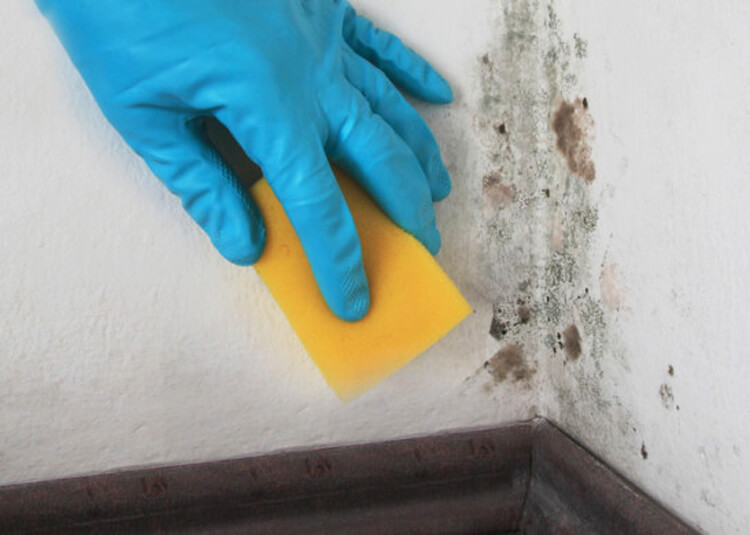
Mold has risen to become one of the most damaging toxins that we face in our everyday lives. Due in part to tighter, more energy efficient home construction practices, a mold problem, while relatively easy to eradicate in small quantities, can quickly escalate to a size and scope that can make you really sick and require expensive professional remediation to solve the current problem and prevent it in the future.
Structural defects causing mold
Sometimes structural defects are the reason for mold growth. Unfortunately problems only become noticeable when it has already set in.
Regular inspections of your home for maintenance issues such as loose roof tiles or broken guttering may help you avoid mold in your home. You may even notice other issues that can be easily solved such as moisture collecting on pipes in bathrooms.
Mold prevention

Preventing mold through heating
If you seriously want to avoid mold in your home then avoid rooms cooling completely. Experts recommend that the ideal temperature for living rooms is 20°C, 23°C for the bathroom and children’s rooms, and 16C for the bedroom and kitchen. It is recommended that you never let the temperature of your home fall below 14°C.
STORE SAFELY
Keep all storage at least several inches up off concrete floors and away from foundations where dampness can easily seep in. This is especially important with organic material like cardboard boxes. For a mold free home, avoid using wooden shelves; metal or plastic shelves are preferable.
Avoid drying clothes on radiators
Not always practical for people living in flats or during the wet, winter months. However, drying clothes on a radiator can cause you problems. The flash increase of moisture in the air will certainly create damp spots in your home.
It’s best to dry your clothes immediately after washing by hanging them on a washing line. An alternative would be to use a tumble dryer but they can often produce condensation, increasing humidity.

